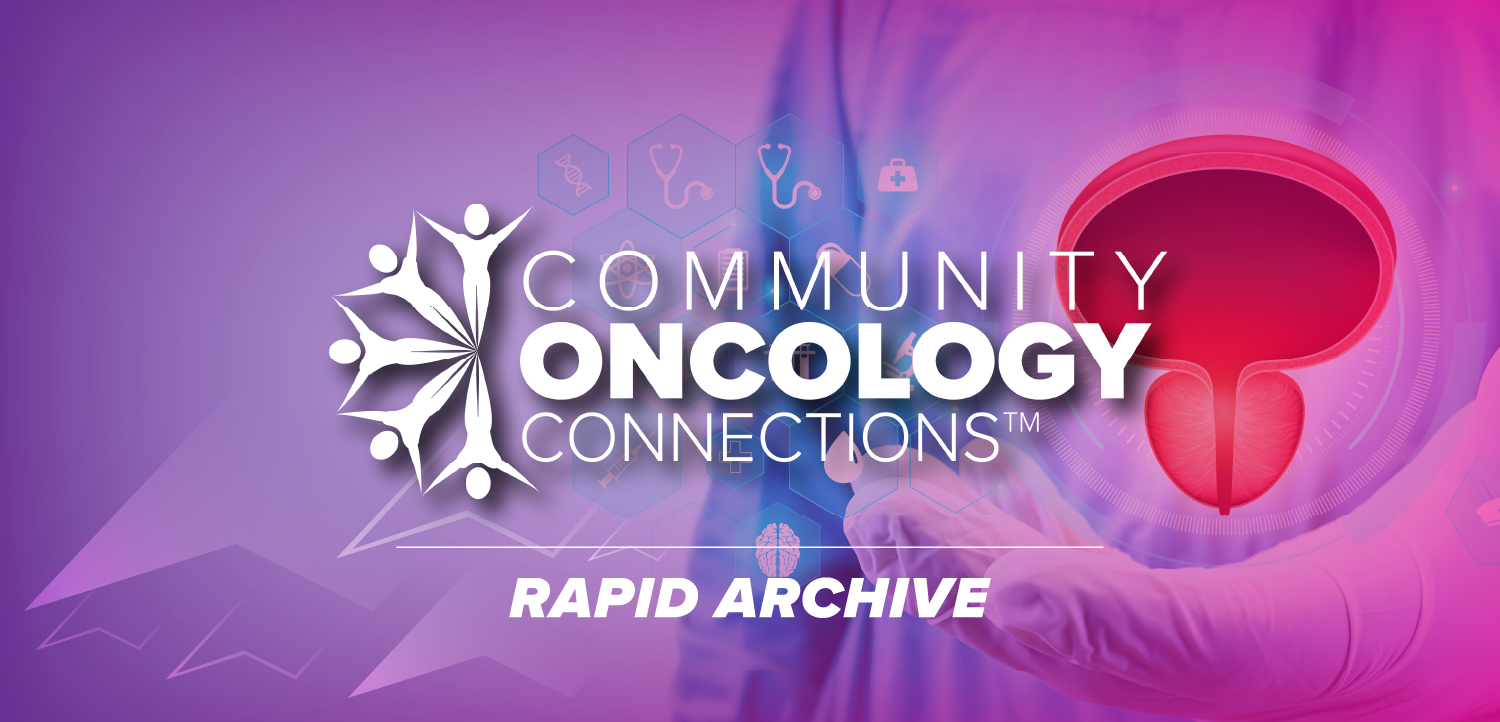U.K. e-health groups ally to present coherent message
Several U.K. organizations with interests in electronic healthcare have formed the eHealth Alliance. The collaborative venture is intended to raise the profile of e-health needs in political circles, while also rationalizing the number of activities and
Several U.K. organizations with interests in electronic healthcare have formed the eHealth Alliance. The collaborative venture is intended to raise the profile of e-health needs in political circles, while also rationalizing the number of activities and resources promoting knowledge of e-health applications.
Healthcare informatics is high on the U.K. political agenda. Government officials are pushing ahead with an ambitious National Program for Information Technology (NPfIT), designed to bring modern IT to National Health Service (NHS) hospitals, clinics, and general practitioner surgeries throughout England. The NPfIT has been allocated £2.3 billion ($3.9 billion) to implement its plans over the next three years.
Divvying up the cash is easier said than done. Representatives from industry and professional organizations are already lobbying hard for their share of the funds. Groups banding together to speak with a single voice, such as those forming the eHealth Alliance, may improve their chances of being heard in the melee.
Five membership-based organizations have joined forces to participate in the Alliance:
? British Computing Society health informatics committee
? U.K. eHealth Association (UKeHA)
? eHealth innovation professionals group of the Institute of Health Management
? Association of ICT Professionals in Health and Social Care
? Royal Society of Medicine telemedicine and e-health forum
The NHS Confederation, which represents many management organizations within the U.K.'s public health service, is involved as an observer.
Organizations representing specific medical specialties were not invited to join, to prevent the Alliance from become unmanageably large, according to Mike McCurry, one of its founders and representative of the UKeHA at Alliance meetings. The Royal College of Radiology PACS and teleradiology group, for example, remains outside, although a direct request to participate would be considered.
"We want to embrace as much of the e-health domain as we can," he said. "No one is excluded unless there are very good reasons why they feel they wouldn't gain any benefit by being members."
Persistent lobbying by individual organizations has already helped bring e-health onto the NPfIT agenda, McCurry said. Plans to reinforce these efforts as a united front include a face-to-face meeting with NHS director general of IT, Richard Grainger, in January 2004. The Alliance may also campaign for appointment of an "e-health Tsar" in government.
"Government ministers and civil servants are not getting the benefits of someone who knows about e-health looking over their shoulders, and looking at appropriate occasions where e-health solutions might be considered. It is being overlooked," McCurry said.
Meanwhile, the eHealth Alliance is working to establish itself an authoritative resource for members. Plans include a central Web site, an electronic newsletter, and a joint conference with the Royal Society of Medicine. The umbrella group may have to contemplate changing its name eventually.
"We have dropped the terms "telemedicine" and "telecare" and embraced all this with "eHealth," McCurry said. "But there's a view now that the 'e' will go as well, as all health services become delivered electronically."
Newsletter
Stay at the forefront of radiology with the Diagnostic Imaging newsletter, delivering the latest news, clinical insights, and imaging advancements for today’s radiologists.






















